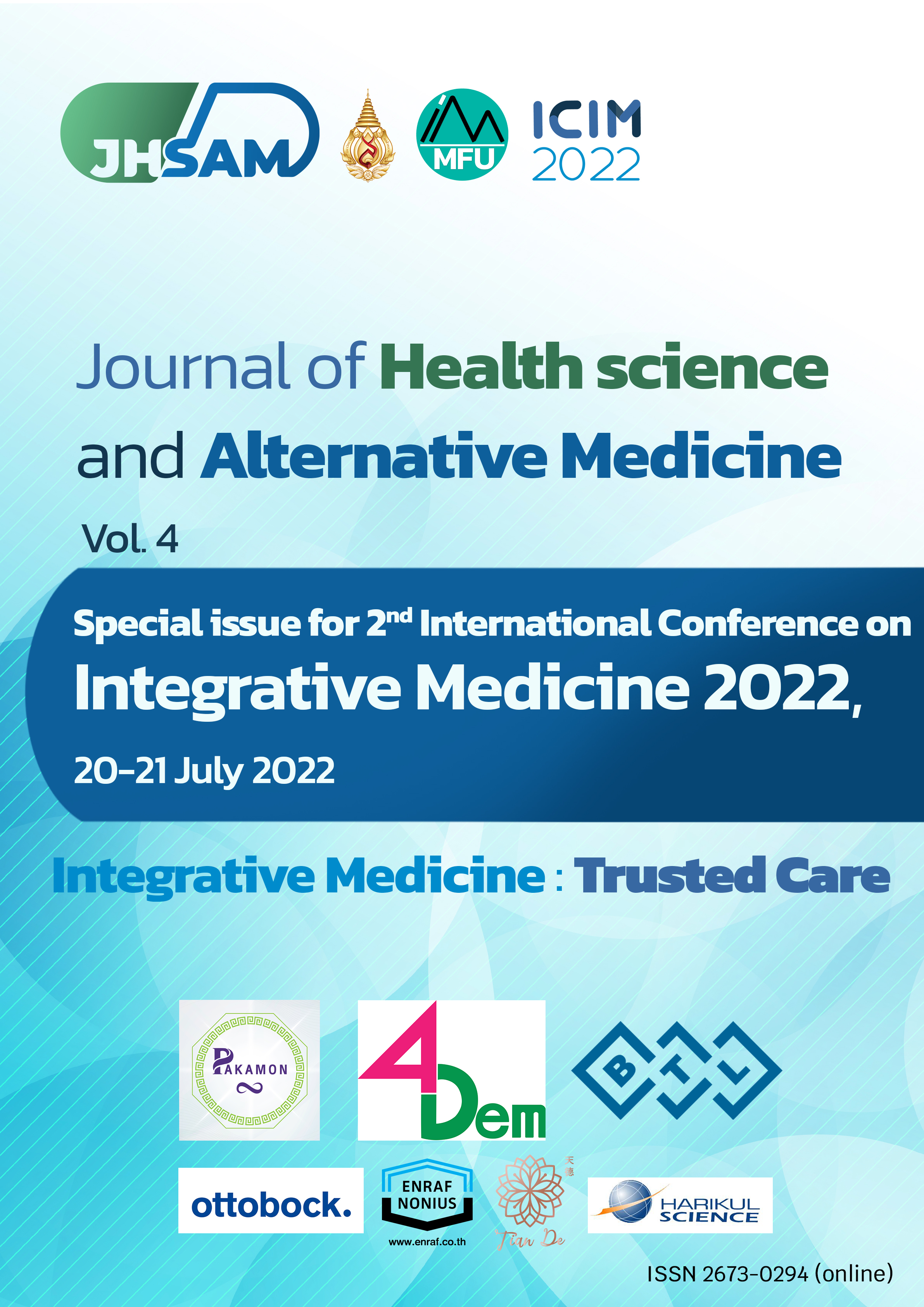C27. Study on the mechanism of exercise therapy in promoting neural stem cell mobilization after stroke
Main Article Content
Abstract
Introduction: Stroke has become the third leading cause of death in humans, most of which are ischemic strokes. Exercise therapy is currently very popular and loved by most people. Studies have found that exercise training can promote neurogenesis, angiogenesis, synaptic plasticity, and neural stem cell proliferation and differentiation after cerebral ischemia. The Wnt/β-catenin signaling pathway regulates cell cycle and neurogenesis.
Objective: To observe the mobilization of endogenous neural stem cells by exercise therapy in rats with cerebral ischemia and its mechanism.
Methods: Thirty SPF adult SD rats were selected, 8 rats were randomly selected as the sham operation group (sham), and the remaining rats were constructed as a middle cerebral artery occlusion (MCAO) model, and then the successfully modeled rats were randomly divided into the model group (MCAO) and exercise group (RUN), exercise group was given exercise treatment 24 hours after MCAO operation, once a day for 9 consecutive days, and model group and sham operation group were not treated. The neurological deficits of the rats were detected by behavior, the volume of cerebral infarction was detected by TTC staining, and the expressions of DCX and Wnt/β-catenin pathway-related proteins wnt3a and β-catenin in the infarcted cortex were detected by western blot.
Results: Compared with the sham operation group, the mNSS score of the model group was significantly higher (P<0.001), and compared with the model group, the mNSS score of the exercise group was lower (P<0.001). The Fault score was lower (P<0.001), and compared with the model group, the Foot-Fault score of the exercise group was higher (P<0.01); TTC staining showed that the cerebral infarction volume in the sham operation group was 0. The volume of cerebral infarction in the group increased significantly (P<0.001). Compared with the model group, the volume of cerebral infarction in the exercise group was reduced, but the difference was not statistically significant. Western blot showed that compared with the sham operation group, the protein expressions of wnt3a(P<0.01)and β-catenin(P<0.05) in the model group were lower, and compared with the model group, the protein expressions of DCX (P<0.05) and wnt3a (P<0.01) in the exercise group were higher.
Conclusion: Exercise therapy may promote the mobilization of endogenous neural stem cells in rats with cerebral ischemia by activating wnt/β-catenin.
Article Details

This work is licensed under a Creative Commons Attribution-NonCommercial-NoDerivatives 4.0 International License.
JHSAM publishes all articles in full open access, meaning unlimited use and reuse of articles with appropriate credit to the authors.
All our articles are published under a Creative Commons "CC-BY-NC-ND 4.0". License which permits use, distribution and reproduction in any medium,
provided that the original work is properly cited and is used for noncommercial purposes.
References
孙海欣, 王文志. 中国60万人群脑血管病流行病学抽样调查报告[J]. 中国现代神经疾病杂志, 2018, 18(02):83-88.
王陇德, 彭斌, 张鸿祺, 等.《中国脑卒中防治报告2020》概要[J].中国脑血管病杂志, 2022, 19(02):136-144.
Leker RR. Fate and manipulations of endogenous neural stem cells following brain ischemia.[J]. Expert Opin Biol Ther, 2009, 9(09):1117-1125.
王冬睿, 范蕾. 脑缺血再灌注神经细胞凋亡机制研究进展[J]. 中国药理学与毒理学杂志, 2019, 33(09):751.
Kojima T, Hirota Y, Ema M, et al. Subventricular zone-derived neural progenitor cells migrate along a blood vessel scaffold toward the post-stroke striatum[J]. Stem Cells, 2010, 28(3):545-554.
Gheusi G, Ortega-Perez I, Murray K, et al. A niche for adult neurogenesis in social behavior[J]. Behavioural Brain Research, 2009, 200(2):315-322.
Zhang G,Chen L,Chen W,et al.Neural stem cells alleviate inflammation via neutralization of IFN-γnegative effect in ischemic stroke model[J].Journal of Biomedical Nanotechnology, 2018, 14(6) :1178.
Kim HS, Lee EJ, Cho YH, et al. Post-translational regulation of a developmental catalase, CatB, involves a metalloprotease, SmpA and contributes to proper differentiation and osmoprotection of Streptomyces coelicolor[J]. Res Microbiol, 2013, 164(04):327-334.
Xie Q, cheng J, Pan G, et al. Treadmill exercise ameliorates focal cerebral ischemia/reperfusion‑induced neurological deficit by promoting dendritic modification and synaptic plasticity via upregulating caveolin-1/VEGF signaling pathways[J]. Exp Neurol, 2019, 313: 60-78.
Chen Z, Hu Q, Xie Q, et al. Effects of treadmill exercise on motor and cognitive function recovery of McAO mice through the caveolin-1/VEGF signaling pathway in ischemic penumbra[J]. Neurochem Res, 2019, 44(4): 930-946.
Jin J, Kang HM, Park C. Voluntary exercise enhances survival and migration of neural progenitor cells after intracerebral haemorrhage in mice[J]. Brain Injure, 2010, 24(3): 533-540.
Xing Y, Bai Y. A Review of Exercise-Induced Neuroplasticity in Ischemic Stroke: Pathology and Mechanisms[J]. Mol Neurobiol, 2020, 57(10):4218-4231.
Wang L, Conner JM, Nagahara AH, et al. Rehabilitation drives enhancement of neuronal structure in functionally relevant neuronal subsets[J]. Proc Natl Acad Sci U S A, 2016, 113(10):2750-2755.
Ji XK, Xie YK, Zhong JQ, et al. GSK-3β suppresses the proliferation of rat hepatic oval cells through modulating Wnt/β-catenin signaling pathway[J]. Acta Pharmacol Sin, 2015, 36(3):334–342.
Brault V , Moore R, Kutsch S, et al. Inactivation of the beta-catenin gene by Wnt1-Cre-mediated deletion results in dramatic brain malformation and failure of craniofacial development[J]. Development, 2001, 128(8): 1253-1264.

